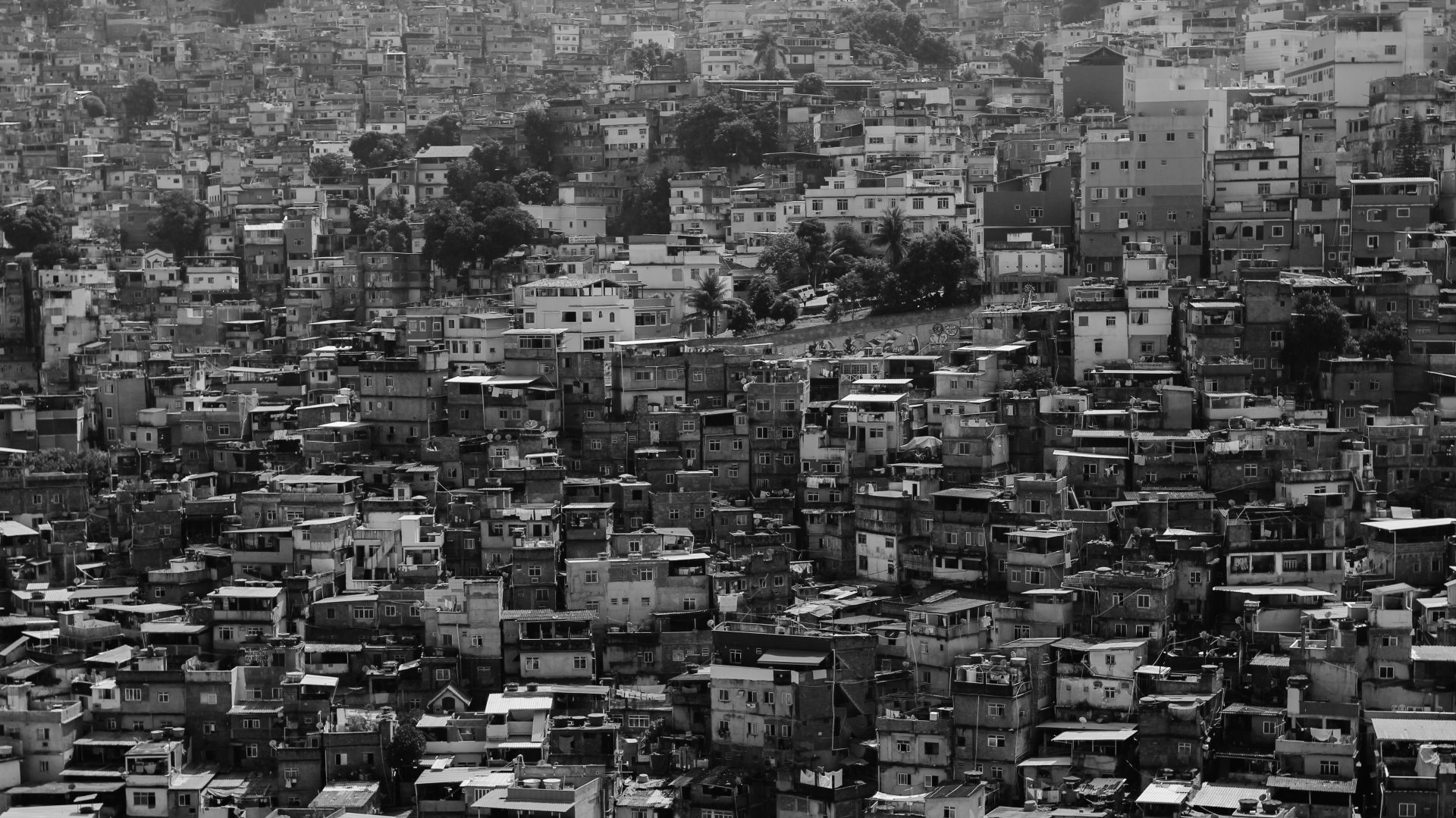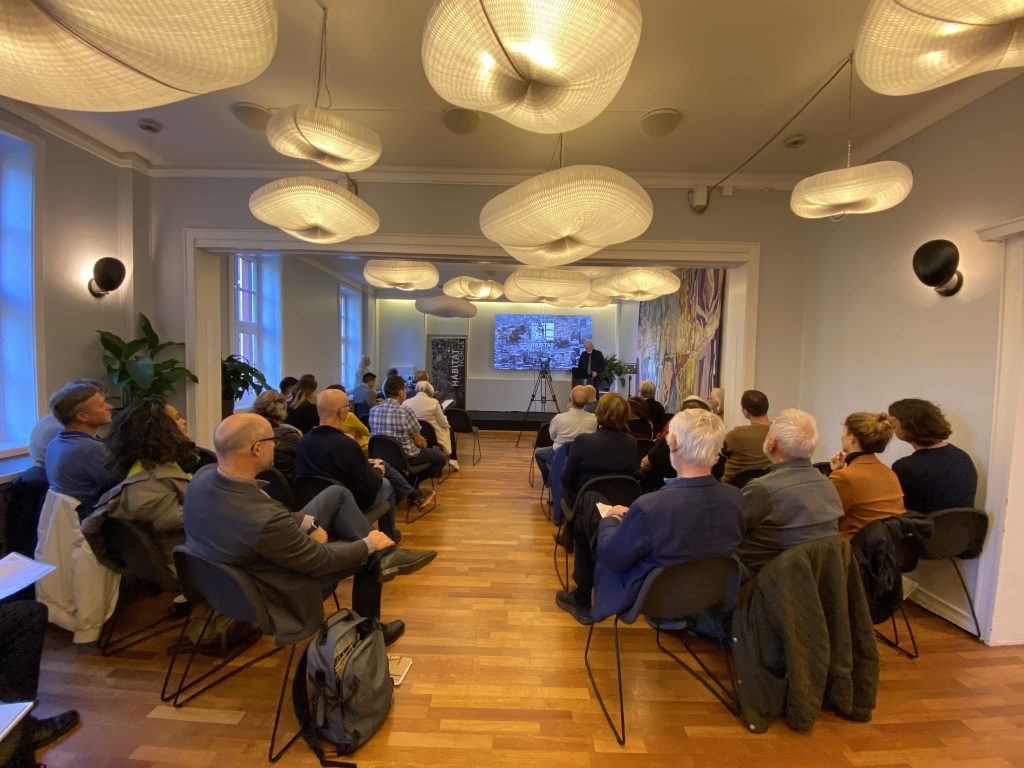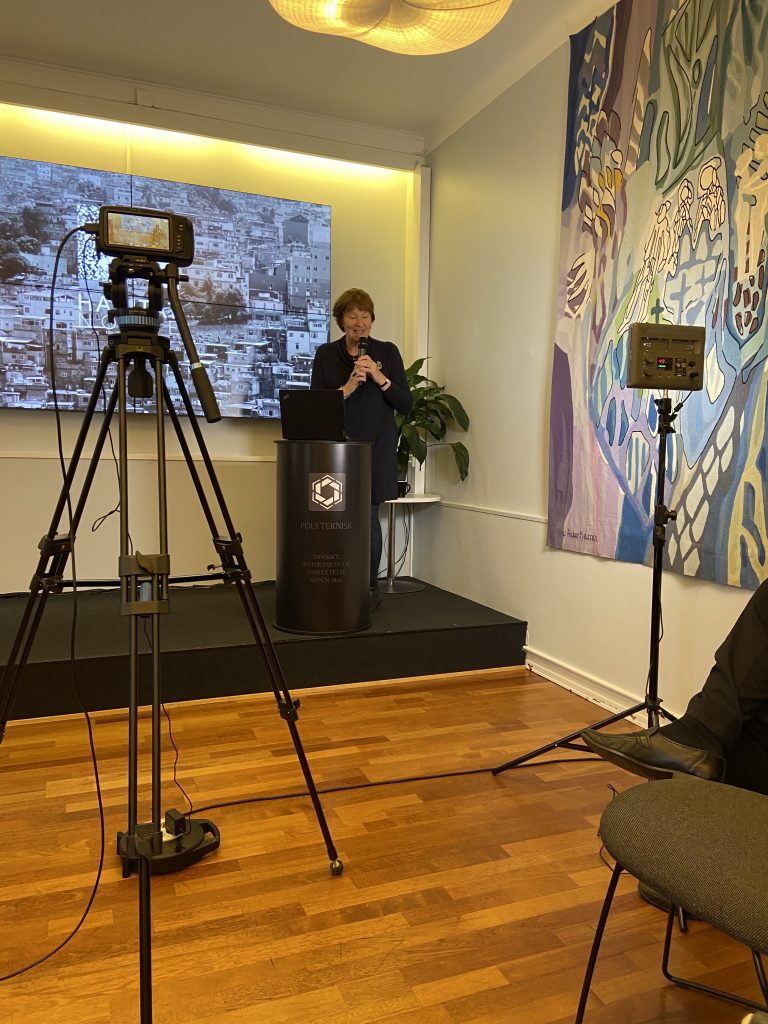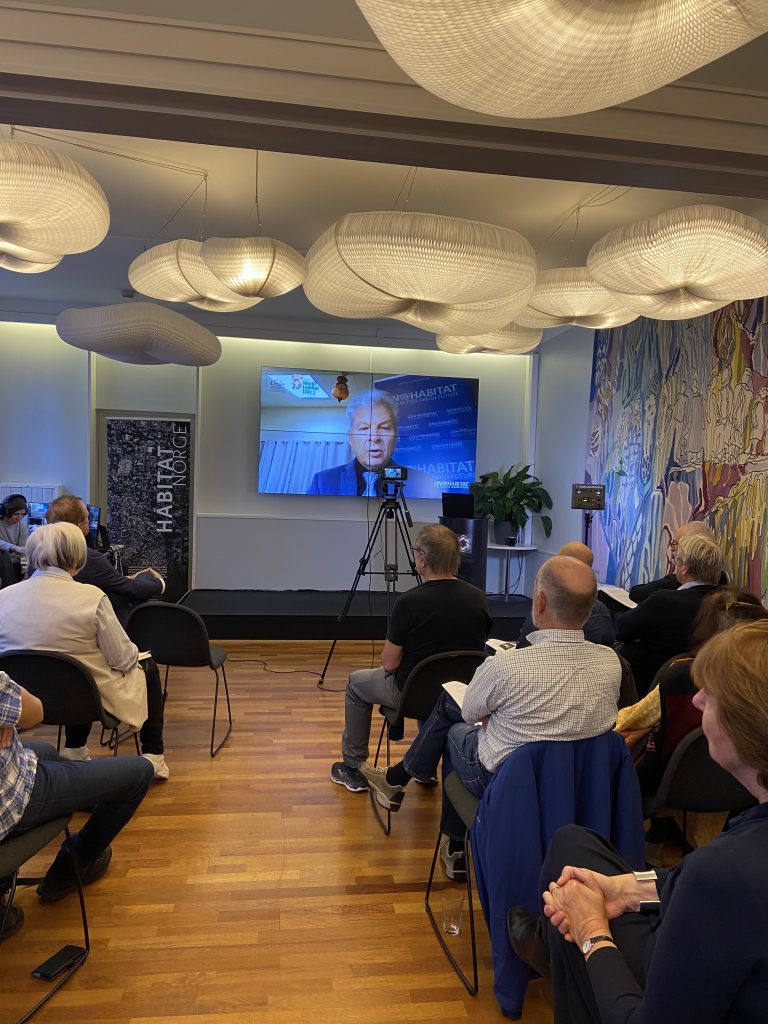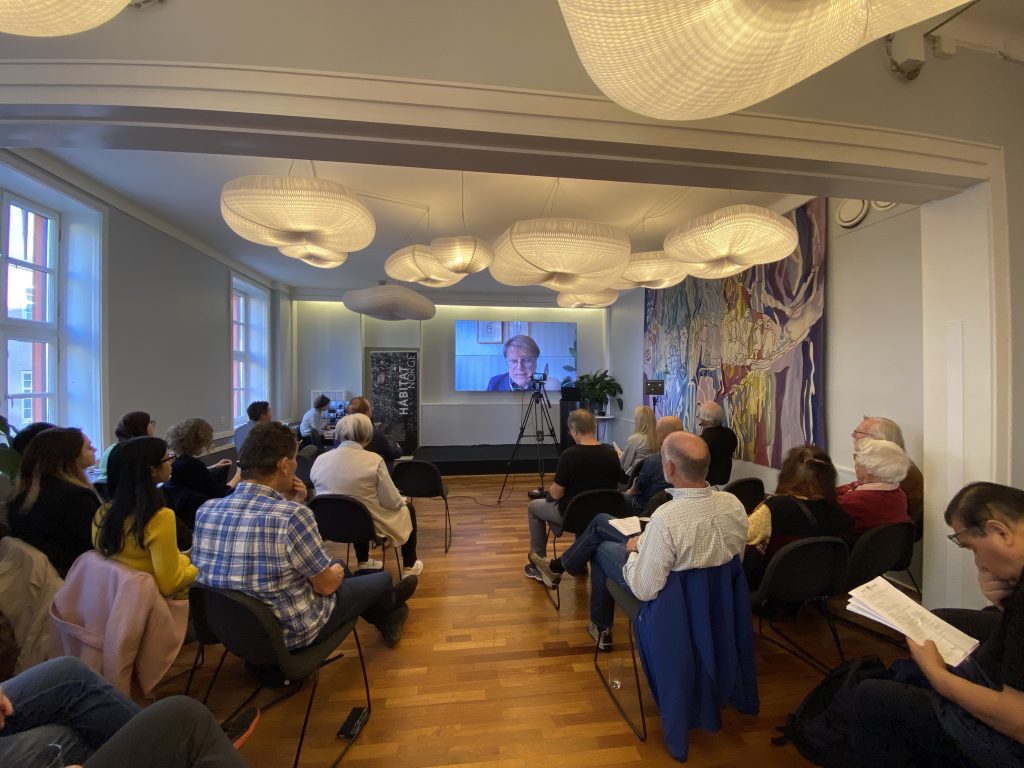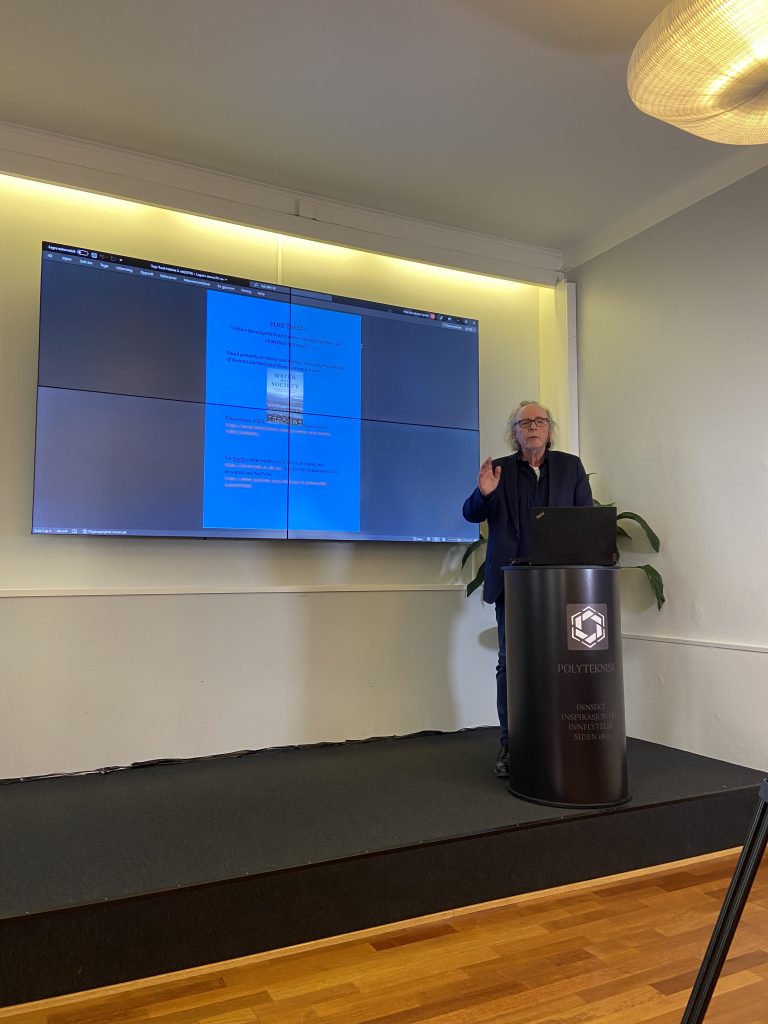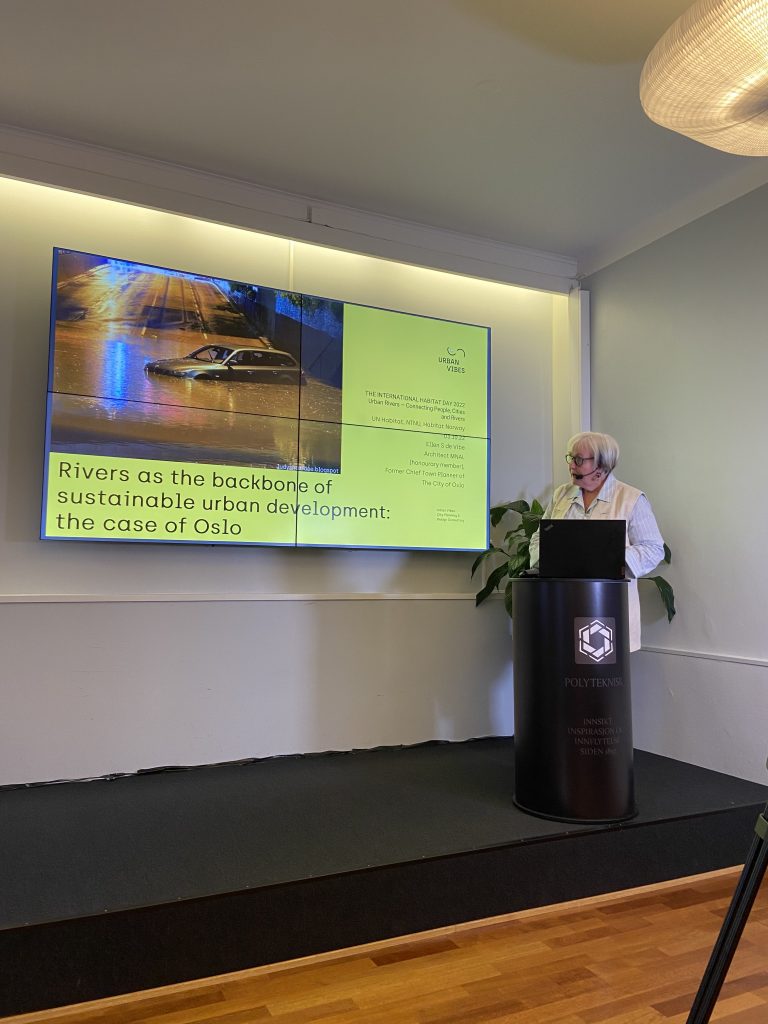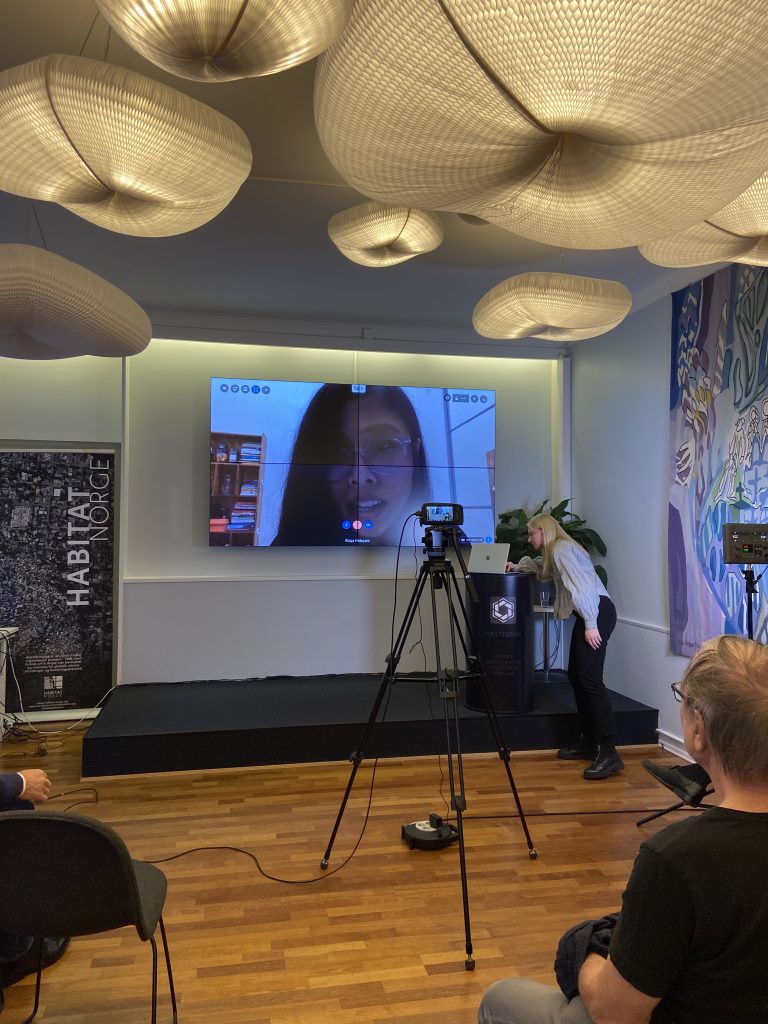THE INTERNATIONAL HABITAT DAY 2022
Urban Rivers – Connecting People, Cities and Rivers
3 OCTOBER, 16:00 – 18:00
Streaming online: https://youtu.be/alJg1O-zccc
In-person at The Polytechnic Society Oslo: Rosenkrantz’ gate 7, Oslo (3rd floor)
Join the webinar here:
Throughout history, rivers have been a central feature in the development of human societies – many of our towns and cities are associated with rivers. This relationship has developed because of their social and recreational value to communities as well as for the opportunities they present for economic development. Rivers provide important natural refuges and corridors between adjacent green spaces, for both people and wildlife. River corridors are not only critical for maintaining the diversity and abundance of urban wildlife populations, but they also provide a place for people to connect with nature and escape from the urban environment. Rivers are naturally dynamic systems, continually moving and interacting with their floodplain. This has, unfortunately, placed them in direct conflict with the process of urbanization.
Cities are grappling with the challenges of unsustainable urbanization, degradation of urban ecosystems, lack of resilience to climate change and non-inclusive urban planning. In the pursuit for economic development cities have exploited rivers indiscriminately. Today many of our rivers are extensively becoming dumping grounds for waste and wastewater discharge and are in a highly vulnerable condition.
As the local governments struggle to keep up with the high levels of urbanization, this over-dependence of cities on their rivers is posing a serious threat to the naturally existing ecosystems. To further deteriorate the situation, the significant value of rivers has been ignored by the policy makers and development experts. It is clearly understood that cities need to bring their rivers to the heart of urban planning. The challenge is to incorporate river management strategies within the core of planning agenda for cities.
This calls for local authorities to act swiftly, providing citizens with healthy and livable conditions through sustainable development and regeneration, to mainstream and promote nature-based solutions as a tool to create sustainable, resilient and livable cities.
Fortunately, there is an increasing understanding that ecological restoration is often a possibility, especially when considered along a spectrum of solutions, dependent on the available space, degree of alteration and, naturally, budget. These solutions range from simply providing more urban trees and shade along riverbanks, to recreating stepped terraces doubling as narrow flood plains, to eventually restoring natural floodplains among others.
Helping our rivers to return, in parts, to nature will provide a real opportunity for city dwellers to re-establish a lost relationship with the natural world, improve the quality of their lives and transform cities into livable, healthy and attractive places for investment. It presents communities and mayors with the opportunity to reframe themselves in a fast-globalizing world.
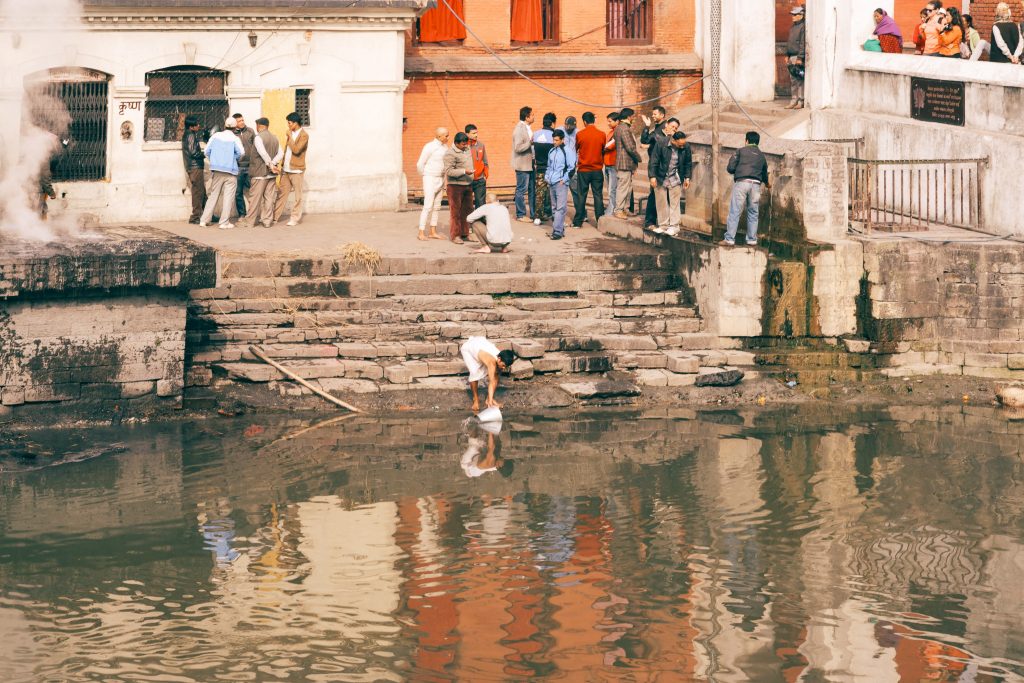
Katmandu, Nepal
Mehmet Turgut Kirkgoz via Unsplash
Event objectives
- To discuss the opportunities for river restoration in the times of climate crisis
- To bring inspiring case studies on river regeneration globally and the applied tools and approaches.
- To establish a community of practice on river regeneration and restoration
Final agenda
Host: Erik Berg, Chair. Habitat Noway
Moderator: Peter Gotsch, Professor, NTNU
16:00 – 16:20 OPENING
Marianne Borgen, Mayor of Oslo
Raf Tuts, Director, Global Solutions Division, UN Habitat
Marianne Skjulhaug, Dean, Faculty of Architecture and Design, NTNU
16:20 – 16:40 KEYNOTE
Professor Terje Tvedt, University of Bergen
Urban development and water-society systems. An analytical approach.
16:40 – 17:45 INSPIRING PRACTICES
Ms. Ellen de Vibe, former Chief City Planner of Oslo
How is Oslo doing it – a global model?
Ms. RizqaHidayani, Kota Kita, Indonesia
Co-design and Placemaking Approach in the Informal Riverbanks Settlements of Solo and Banjarmasin, Indonesia
Mr. Pascal Mukanga, Kounkuey Design Initiative, Kenya
Nairobi River of Life Project: Peace, rights, environmental justice.
Prof. em. Hans C. Bjønness, NTNU
The riverine slum population of Katmandu – past, present and future challenges.
Ms. Carolina Helle, Belo Horizonte City
Community in the valley: new uses for the Onça Creek banks.
Ms. Sidsel Andersen, Deputy Chair, Oslo River Forum
“How we do it.”
17:40 – 18:00 WAY FORWARD AND CLOSING
Cities and partners: Approaches/models: where do we stand and where do we go? Putting research into practice.
Jose Chong, Global Public Space Programme, UN Habitat
Photos from the event
Register here
Registration is closed now.
